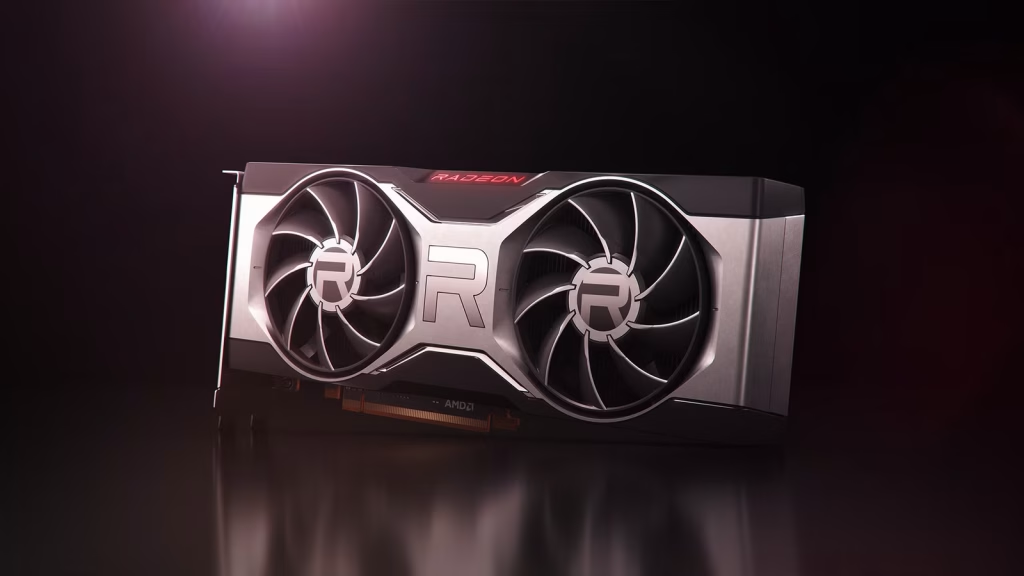AMD holds a special place in people’s hearts. That’s largely because the company is perceived as being a more “open” and “consumer-friendly” alternative to NVIDIA and Intel.
AMD’s public perception makes it all the more unfortunate when the company makes moves that are blatantly anti-consumer. A mere five years since the launch of the RX 6000 series, it’s already getting heavily deprioritized for driver updates.
But what happened?
First, a small brief on the current news. Graphics cards based on the RDNA 1 (Radeon RX 5000 series) and RDNA 2 (Radeon RX 6000 series) architectures are being moved to a “maintenance” support model. These once-flagship GPUs will no longer receive the monthly driver updates that include crucial “day zero” performance optimizations for new game releases. Instead, AMD will only provide updates for critical bug fixes and security vulnerabilities.
After the initial backlash, AMD issued a clarification in the form of a statement to websites such as Tom’s Hardware, mentioning that the cards will also get “new features, bug fixes, and game optimizations,” which will continue to be delivered as required by market needs in the maintenance mode branch.” The “as required by market needs” tone is as loose as it can get, and essentially means AMD may or may not deliver optimizations for games. And if it does, it might only be for massive AAA releases from major studios. AMD can really get away with anything here, including not delivering optimizations at all and sticking only to bug fixes and security updates.
How does Nvidia stack up?
AMD deprecating RDNA 1/2 cards is unfortunate given the competitive landscape. AMD just dropped priority support for its five-year-old cards, whereas NVIDIA is doing much better with significantly older cards.
NVIDIA recently downgraded many of its older cards from Game Ready Driver status into security update phase—exactly the same kind of deprioritization AMD just implemented. But the cards affected are significantly older. For example, the Pascal architecture (GeForce GTX 10-series), which launched in May 2016, received its final Game Ready Driver in October 2025. This equates to a full support lifespan of over 9 years. Likewise, the Maxwell architecture (GeForce GTX 900-series), which launched in September 2014, was supported with Game Ready Drivers until October 2025—a lifespan of 11 years.
In this new deprioritized stage, the cards will still last a while. For the Pascal and Maxwell cards mentioned above, this security update phase will continue for an additional three years, ending in October 2028.
This means that the Maxwell architecture would have lasted a whopping 14 years by the time it’s done with updates completely. Although RDNA 1 and RDNA 2 are not dead in the water, the fact that they’re already being deprioritized while not even coming up to 10 years old is pretty discouraging for long-term support.
Why does this matter?
It matters a lot. While the cards will continue getting maintenance updates, it means they won’t get the same kind of support that RDNA 3 or RDNA 4 cards currently get. AMD says it will occasionally hook you up with game optimizations, but unless the game is huge and played by a lot of people, you’re stuck waiting a long time for these optimizations. And sometimes, they might not even come.
Honestly, considering how loose this promise is, it could also mean that optimizations for big titles are few and far between. And don’t even think about new software features, major FSR enhancements, or other optimizations—AMD will almost certainly reserve a good chunk of those, if not all of them, for its RDNA 3 and RDNA 4 cards.
I feel betrayed
AMD deprecating RDNA 1/2 is particularly offensive considering that this is AMD we’re talking about! For years, AMD cultivated an image as the open, community-focused, and “good guy” alternative to NVIDIA’s walled garden. AMD has open-sourced its Linux drivers, made FSR upscaling completely open-source, and has been heavily investing in ROCm (Radeon Open Compute), its open-source alternative to CUDA. It has also generally favored open industry standards such as FreeSync (based on VESA’s Adaptive-Sync) over creating proprietary, closed-off tech.
Those who bought an RX 6000 series card (RDNA 2) did so not just for the performance, but often because we were “Team Red.” We believed in the company’s pro-consumer philosophy. And now, when faced with such a user-hostile move, we justifiably feel betrayed. RDNA2 is coming up on five years old, and it was (and is) wildly popular. Cutting off optimizations makes it feel like planned obsolescence.
Hopefully, AMD will listen to its users and roll this back. But I’m not holding my breath.


